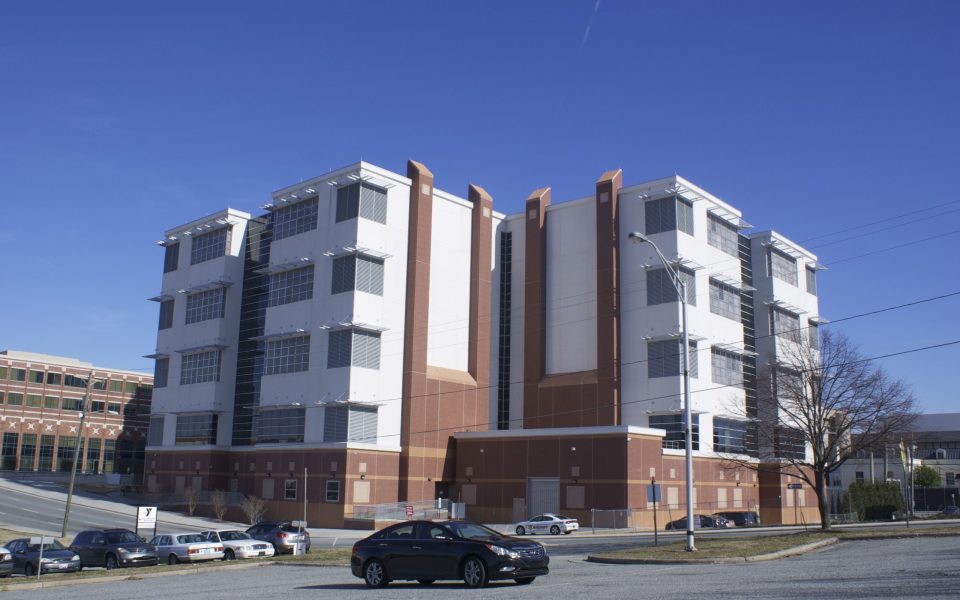by Eric Ginsburg
Curious about what sort of mental health resources exist in the Guilford County Detention Center in downtown Greensboro, also known as the Greensboro jail, I called the nurse’s office with several questions. After being redirected several times, I finally landed with Karla West, a public information officer in Nashville with Correct Care Solutions, a company providing “healthcare in correctional environments,” including the jail in Greensboro. Here’s what she said during a recent email exchange.
1. What sort of mental-health services are available to inmates?
“Mental health services begin with a screening for mental health issues at intake. Based on responses to initial screening, inmates are referred to mental health staff for further evaluation of their needs. There is no separate housing unit for inmates with mental illness, unless there is an acute psychiatric need. At that time, a patient is placed in an area with increased observation. Medication is prescribed by the psychiatrist for mental health issues.”
2. What forms of medication are most common (including the name of the drug)?
“Medications most commonly prescribed are antidepressants, and antipsychotics.” West struck a line from her response that is still visible in the sidebar edits reading, “Celexa and Vistaril (for depression/anxiety) and Risperdal (for psychosis).” In a follow-up question asking for confirmation of the three medications, West simply wrote, “Patients are on a variety of medications depending on what their needs may be. There is no set list of what medications are available. We will provide whatever medications are determined by our providers to be clinically necessary.”
3. Is a mental-health assessment done at intake or on an as-needed basis?
“Both. In addition to being identified by intake screening, inmates may be referred by medical staff, correctional officers, or inmates may refer themselves via sick call process at any time.”
4. What percentage of inmates are receiving mental-health treatment at any given time?
“All inmates are evaluated for mental health treatment upon intake. Approximately 50 percent of inmates are receiving mental health services at any time.”
5. What percentage are receiving some form of medication at any given time?
“[In May 2015], 16 percent of inmates were receiving mental health medications.”
6. When you say 16 percent, does that cover all medications, or are other inmates on other forms of medication?
“Approximately 18 percent of the population are on some sort of medication, including over-the-counter medications and other treatments for non-mental health conditions.”
7. If approximately 50 percent of inmates are receiving mental health services but only 16 percent are receiving mental health medications, what are the other services provided?
“‘Receiving mental health services’ includes those who were evaluated after an initial mental health intake screening and referred to mental health staff for further evaluation, but does not mean they, ultimately, needed medication. They may receive counseling services or other mental health services.”
8. What percentage of inmates were medicated for January-April?
“Percentage of population receiving mental health medications — Jan: 13 percent, Feb: 12 percent, March: 13 percent, April: 15 percent.”
9. Under what circumstances is an inmate involuntarily medicated?
“We do not involuntarily medicate anyone. If a person is in acute need, we will send them to a hospital.”
Join the First Amendment Society, a membership that goes directly to funding TCB‘s newsroom.
We believe that reporting can save the world.
The TCB First Amendment Society recognizes the vital role of a free, unfettered press with a bundling of local experiences designed to build community, and unique engagements with our newsroom that will help you understand, and shape, local journalism’s critical role in uplifting the people in our cities.
All revenue goes directly into the newsroom as reporters’ salaries and freelance commissions.


Leave a Reply